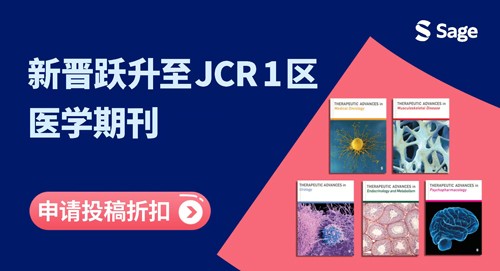当前位置:
X-MOL 学术
›
Child Dev.
›
论文详情
Our official English website, www.x-mol.net, welcomes your
feedback! (Note: you will need to create a separate account there.)
Automatic Extraction of Meaning From Visual Number Symbols Detected by Frequency‐Tagged EEG in Children
Child Development ( IF 3.8 ) Pub Date : 2025-06-28 , DOI: 10.1111/cdev.70002 Amandine Van Rinsveld 1, 2 , Christine Schiltz 3
Child Development ( IF 3.8 ) Pub Date : 2025-06-28 , DOI: 10.1111/cdev.70002 Amandine Van Rinsveld 1, 2 , Christine Schiltz 3
Affiliation
Acquiring robust semantic representations of numbers is crucial for math achievement. However, the learning stage where magnitude becomes automatically elicited by number symbols (i.e., digits from 1 to 9) remains unknown due to the difficulty to measure automatic semantic processing. We used a frequency‐tagging EEG paradigm targeting automatic magnitude processing in children (N = 33, 5–10‐year‐old, predominantly of White or Mixed ethnicity). A stream of digits (1–9) was presented at 10 Hz with small digits as standards, and large digits as deviants at 1.25 Hz (and the reverse). Frequency‐tagged responses to the deviants show that magnitude is a salient semantic feature associated with digits in long‐term memory. Automatic access to magnitude can be measured with EEG in children at the end of preschool.
中文翻译:

从儿童频率标记脑电图检测到的视觉数字符号中自动提取含义
获得数字的稳健语义表示对于数学成就至关重要。然而,由于难以测量自动语义处理,幅度由数字符号(即从 1 到 9 的数字)自动引发的学习阶段仍然未知。我们使用了针对儿童 (N = 33,5-10 岁,主要是白人或混合种族) 进行自动幅度处理的频率标记脑电图范式。以 10 Hz 表示数字流 (1-9),其中小数字为标准,大数字为 1.25 Hz(反之亦然)。对偏差的频率标记反应表明,幅度是与长期记忆中的数字相关的显着语义特征。可以在学龄前班结束时用 EEG 测量儿童的自动访问量级。
更新日期:2025-06-28
中文翻译:

从儿童频率标记脑电图检测到的视觉数字符号中自动提取含义
获得数字的稳健语义表示对于数学成就至关重要。然而,由于难以测量自动语义处理,幅度由数字符号(即从 1 到 9 的数字)自动引发的学习阶段仍然未知。我们使用了针对儿童 (N = 33,5-10 岁,主要是白人或混合种族) 进行自动幅度处理的频率标记脑电图范式。以 10 Hz 表示数字流 (1-9),其中小数字为标准,大数字为 1.25 Hz(反之亦然)。对偏差的频率标记反应表明,幅度是与长期记忆中的数字相关的显着语义特征。可以在学龄前班结束时用 EEG 测量儿童的自动访问量级。






























































 京公网安备 11010802027423号
京公网安备 11010802027423号